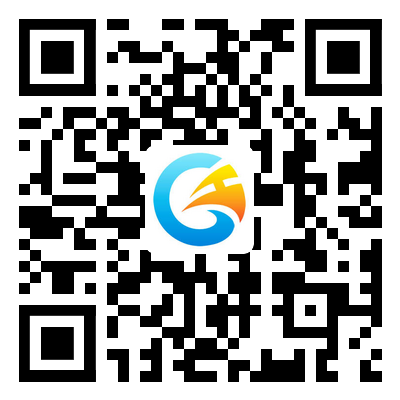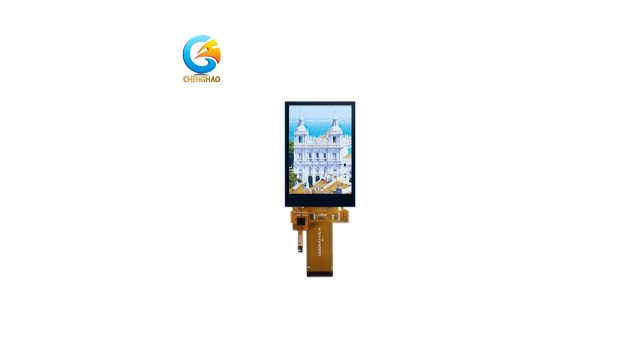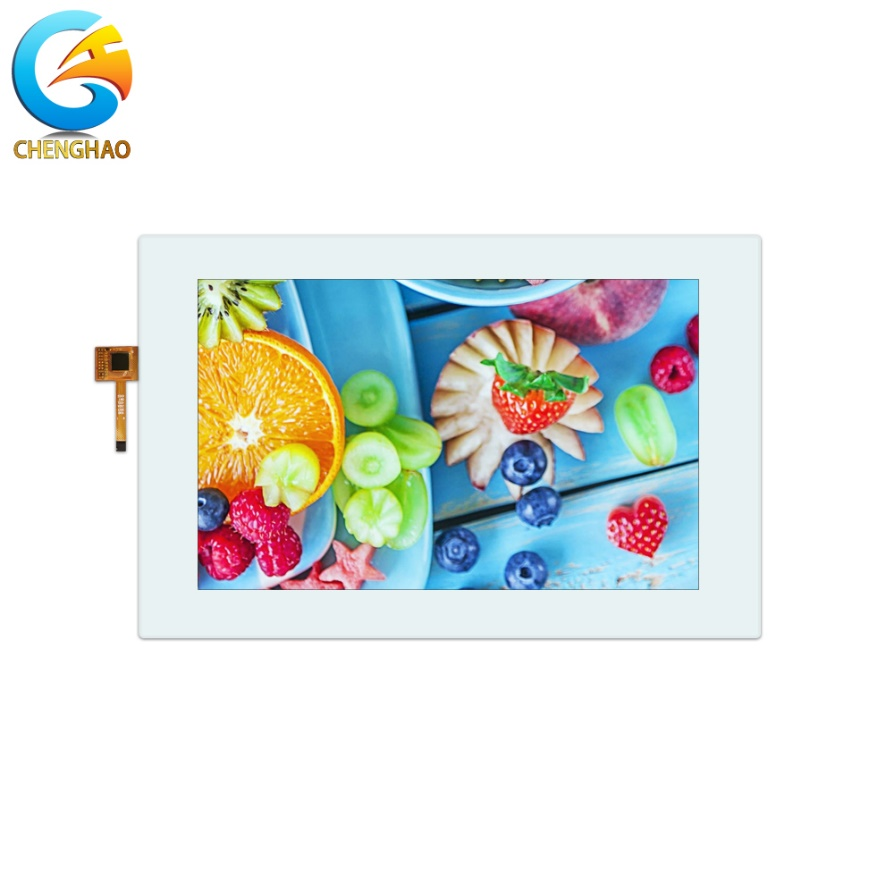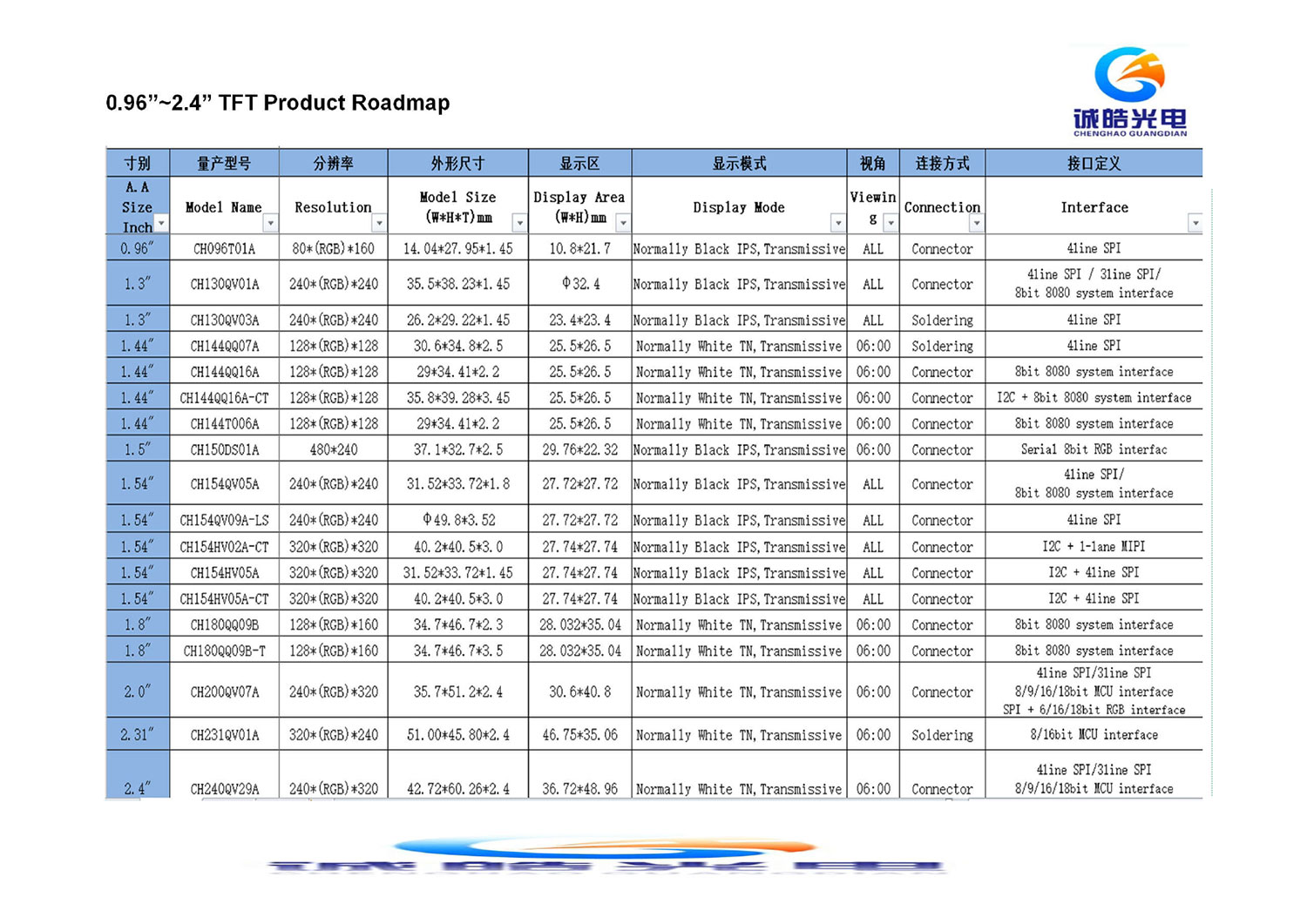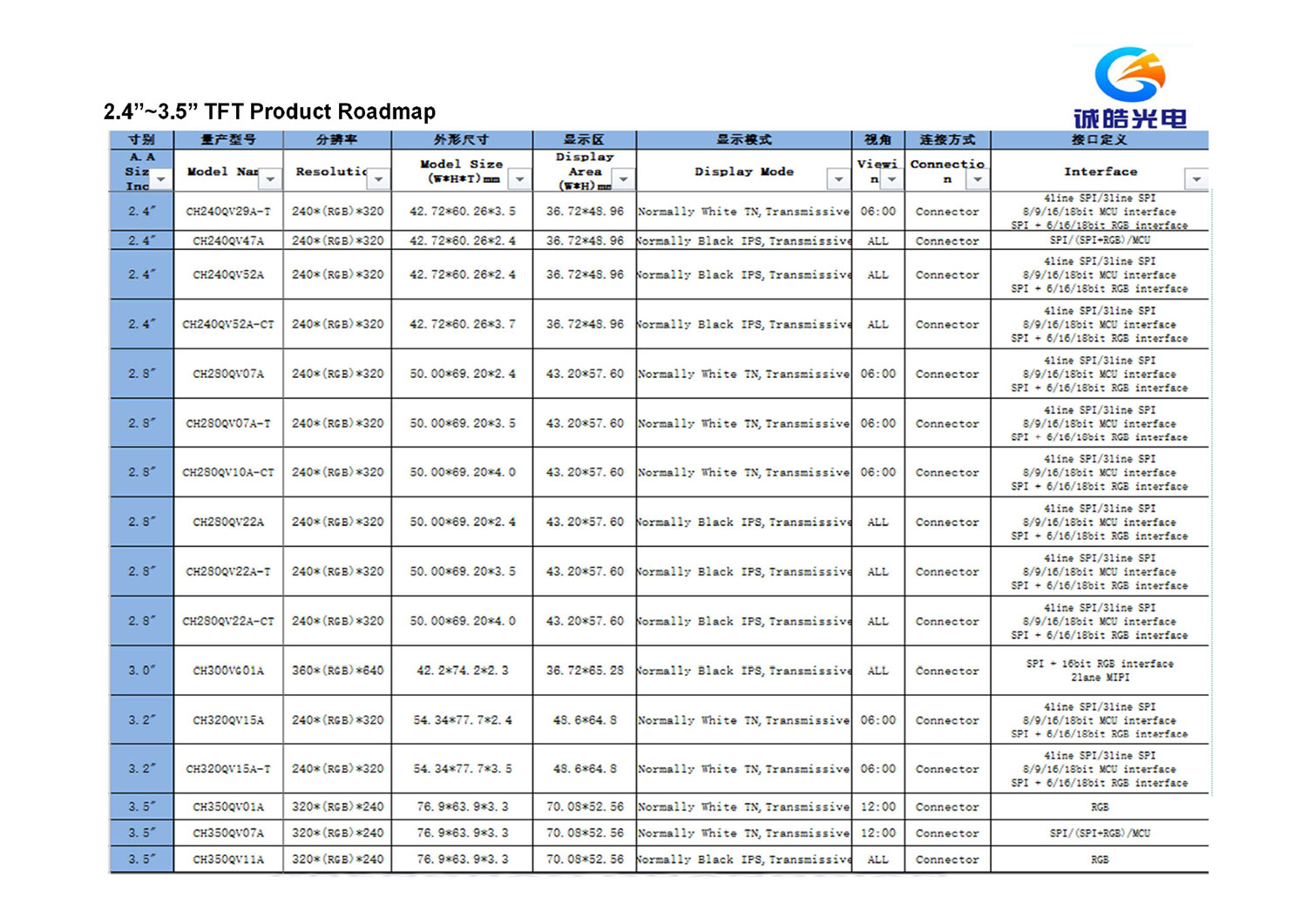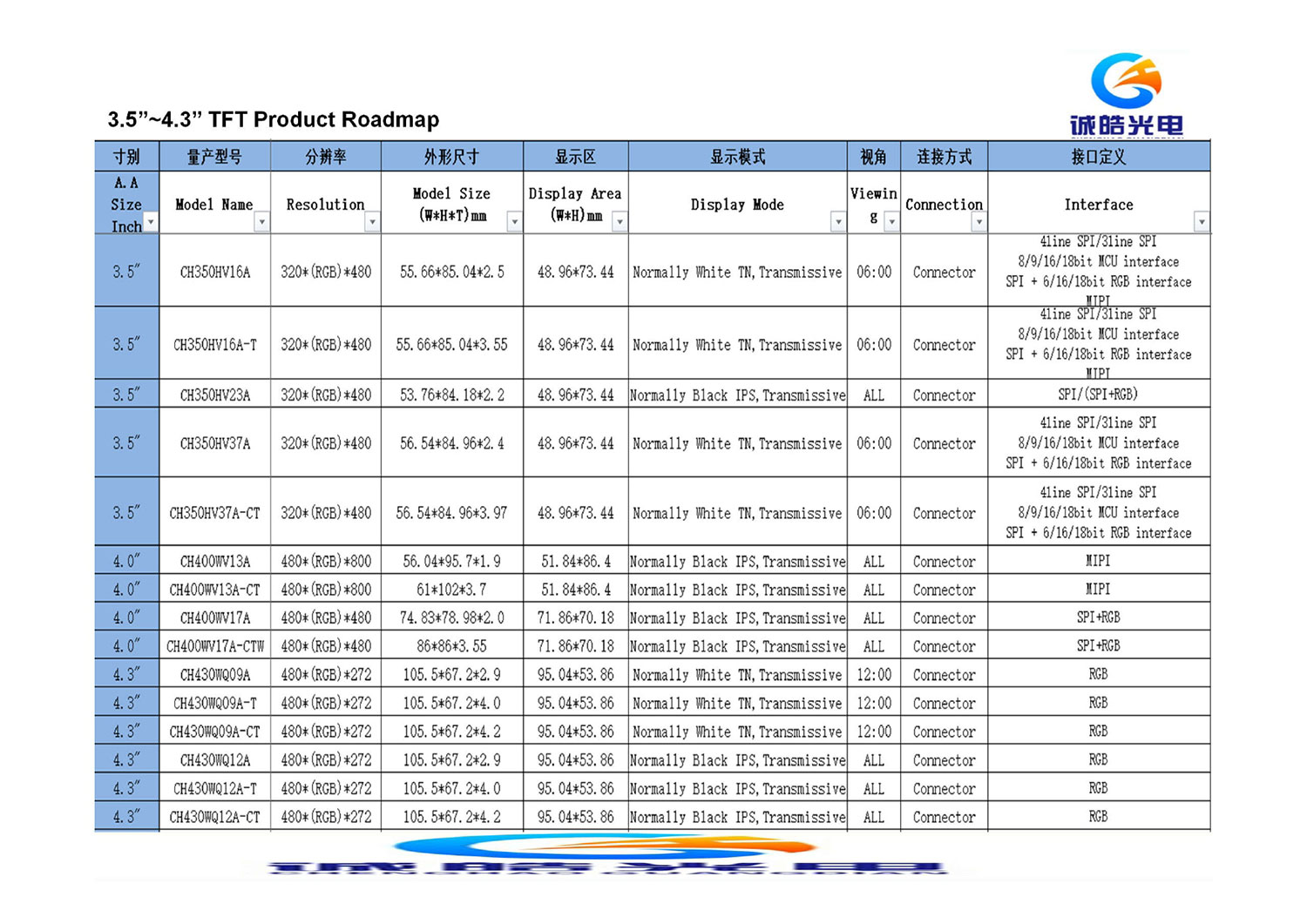Discuss the problems and solutions about the readability of TFT LCD under sunlight
2023-03-22
TFT displays are increasingly used in outdoor applications such as automotive displays, digital signage and vending machines. High levels of light in outdoor environments often cause washed out images and less readable screens. The readability of TFT displays in direct sunlight and the lifetime of LCD displays becomes important. Chenghao Display has been developing sunlight-readable LCD display solutions for many years and is very familiar with this TFT LCD solution.
Before going further into how to make an LCD sunlight readable, let's understand what visibility is.
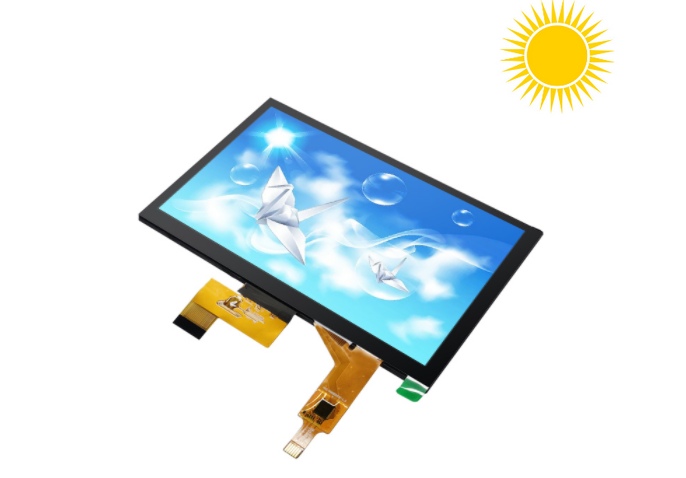
Judging Visibility
Visibility is the ease with which an observer can spot an object, or in more scientific terms: the relationship between light-brightness contrast and the threshold of the human eye. Therefore, the higher the contrast of an object, the better its visibility.
What makes an LCD sunlight readable?
For an LCD to be readable outdoors in very bright environments, the brightness of the LCD screen needs to exceed the intensity of the light reflected from the display surface. To be seen comfortably by the human eye, LCDs must be at least 2.5 times brighter than the light they reflect. Naturally, there are two ways to make an LCD sunlight readable, increase brightness or reduce reflection.

1. Increase the brightness to make the LCD readable in sunlight
(1) Increase the brightness of the LED backlight
On a sunny day with direct sunlight, the ambient light level is about 6000 cd/m2. A typical TFT LCD with a touch screen reflects about 14% of ambient light, which is about 840 cd/m2. Today, most LCD displays use LED backlights as the light source. It is not very difficult to increase the brightness of the LCD to 800 ~ 1000 Nits to overwhelm the reflected sunlight. So you have a sunlight readable TFT LCD.
However, this approach requires more backlight LEDs and/or higher drive currents. Disadvantages are higher power consumption, more heat dissipation, increased product size and shorter LED backlight lifetime. Obviously, adding a backlight to make the TFT LCD readable in sunlight is not a good solution.
(2) Using transflective LCD
Transflective TFT LCD is a TFT LCD with both transmissive and reflective properties. A partially reflective mirror layer is added between the LCD and the backlight. This change turns part of the reflected ambient light into a light source for the LCD, increasing the brightness of the TFT display. However, transflective TFT LCDs are more expensive than transmissive LCDs. At the same time, the partially reflective mirror layer will block part of the backlight of the LCD, making the display effect of the LCD indoors or in low-brightness ambient light unsatisfactory.

2. Reduce reflection to make TFT screen readable under sunlight
What causes the light to reflect? When light traveling in one transparent medium encounters the boundary of another transparent medium, a portion of the light bounces off the boundary. With the simplest Fresnel equation, we can calculate the amount of reflected light.
R=[(n2-n1)/(n2+n1)]^2 (n1 & n2 are indexes of refraction for 1st and 2nd material)
It is clear from the equation that the greater the difference between the two materials, the more light is reflected.
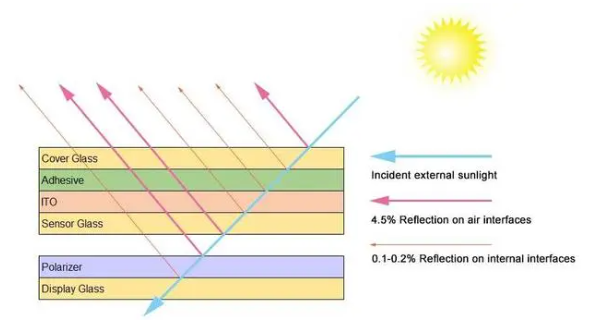
We know that a TFT LCD with a touch panel has a hierarchical structure, and there are several places where light reflection occurs.
The total reflectance on a TFT LCD with a touchscreen is the sum of light reflected from any interface where two materials meet. For example, between a polarizer and a display glass, the difference in the refractive index of the two materials is very small, on the order of 0.1. So the reflected light on this interface is only 0.1%. As the Fresnel equation points out, we should focus on reducing reflections at the air interface. For air, it has a refractive index of 1; for glass, it is 1.5. This results in a reflectance of 4.5%. Therefore, the three air interfaces contribute most of the reflectivity of TFT LCD, about 13%.、
(1) Reduce the reflection of the top panel
The quickest and easiest method we can take to reduce reflections at the air-glass interface is to use anti-reflective and anti-glare coatings or anti-reflective coatings. An outer film with AR properties not only reduces reflected light, but also brings other benefits.
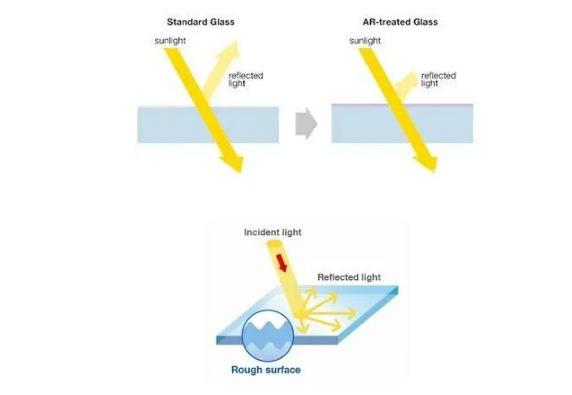
(2) Reduce the ambient light entering the LCD
(3) Block reflected light
(4) Reduce the reflectivity of the air gap
Air gap reflections are the main culprit for poor sunlight readability. We can improve this problem in two directions.
Summarize
There are many ways to make a TFT LCD readable in sunlight. They all have their own advantages and disadvantages. With years of LCD design and manufacturing experience, Chenghao Display knows how to create the best sunlight readable TFT LCD for challenging environments. Please leave us a message, we can provide you with a suitable TFT display solution.























































